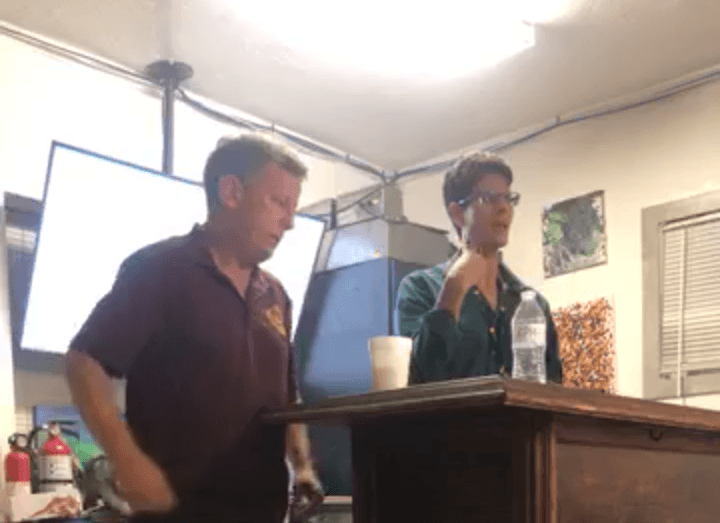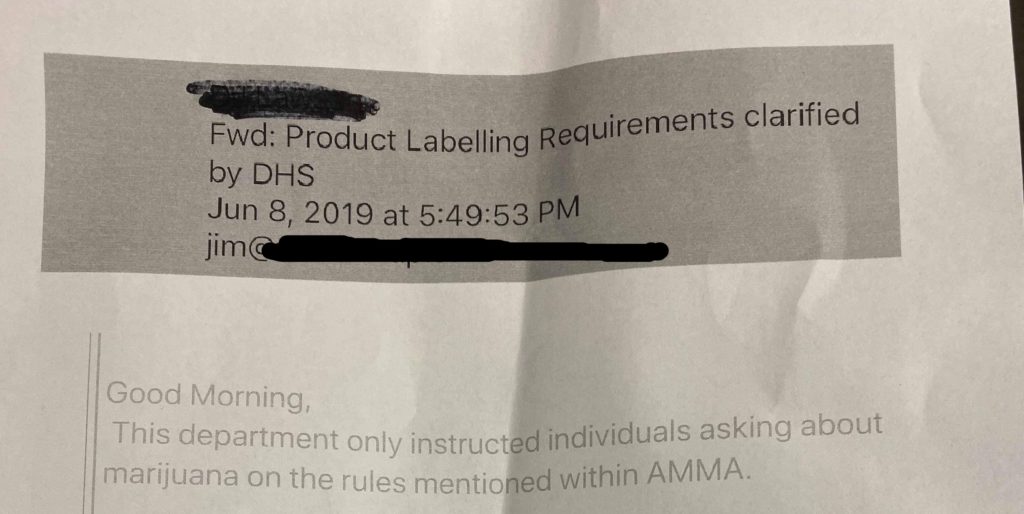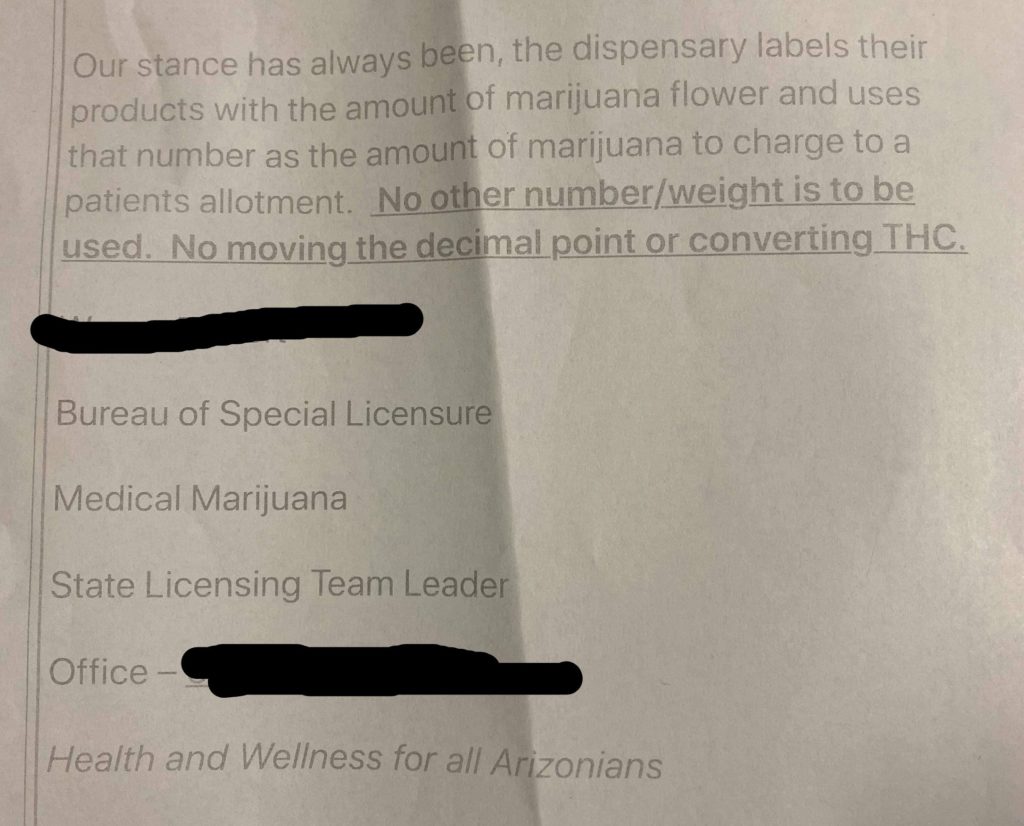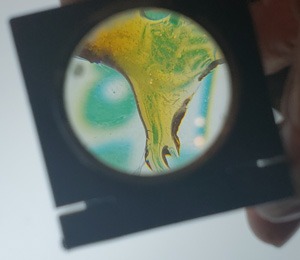BY ALLISON STEIN
Ripples are still rolling from the Rodney Jones Case which hit the cannabis community like a tidal wave starting in June of 2018. The Jones case actually began in Yavapai County Superior Court in 2013, when Sheila Polk, the Yavapai County Attorney, charged Rodney Jones with narcotic drug possession for having dispensary bought hash. Jones appealed the verdict in 2015 and languished in prison while the case made its way through the criminal justice system.
In June of 2018, the Court of Appeals then affirmed the lower court’s ruling, putting into question the legality of cannabis concentrates, threatening the state’s 200,000 patient MMJ community and the half a billion-dollar industry that serves them.
Polk’s prosecution claimed concentrates were not a part of the plant and therefore not included under AMMA’s regulations. This opened many patients up to the risk of being charged with narcotics if pulled over with concentrate – licensed or not.
Somewhat Settled
The Court of Appeals verdict forced everyone, at least temporarily, to join forces. In a communal effort, from the industry, to activists and patients, the case made its way to the Arizona Supreme Court. In late May this year, the Arizona Supreme Court defined that concentrates are a part of the cannabis plant and are therefore covered by the Arizona Medical Marijuana Act (AMMA). Briefly, the issue seemed somewhat settled.
Somewhat. With that high court clarity came more questions because of the Supreme Court added a catch, a new interpretation of the original AMMA–Patients can only possess and/or purchase 2.5 oz. (70 grams) of the amount of flower used to manufacture the final cannabis product.
For example, if 4 grams of dry flower was used to produce 1 gram of concentrate; the system would take 4 grams off of your 70-gram allotment.
ACN first broke the story 2 days before AZDHS audited the well-known concentrate brand Venom and forced their labeling to state the amount of dry flower used to make the final product, not the weight of the final product itself. If this were a pharmaceutical company it’d be like them counting the how many poppy plants, it takes to make a single pill rather than how many total milligrams of opiates are in a single pill.
Using the Usual Ratios
Since then, things have been in limbo about this hot topic. Some dispensaries and brands, such as Uncle Herbs, have been charging patient allotments at the “normal” 1:1 ratio of concentrates v raw flower. UH head chef, Francis Baczek notes, as Sultan had, that until the issue is settled, their kitchen was encouraged to continue at the usual ratios. Others have been counting products by the dry flower weight used. It’s causing an issue for patients not having their medical needs met because they maxed out on the 2.5 oz. allotment.
Tim Sultan, executive director of the ADA, then went on The Bud Show hosted by Amanda Nash and briefly talked about the issue, giving more credibility to our first article. At October’s AZ-NORML meeting, Tim Sultan took the floor to answer questions. Arizona Cannabis News was on hand and Sultan, asking, “What is going on with the concentrate allotment issue?”
“The directions the ADA has gotten from AZDHS is that they know there is an issue, and right now they are studying the issue and to proceed with business as usual,” Sultan explained. “Until they [Arizona Department of Health—AZDHS] come out with a statement.”
Sultan further explained what the ADA was assuming by the AZDHS wording of “business as usual” being that “one gram of concentrate will equal one gram of flower off of your allotment” – at least for now.
Not everyone was satisfied with that official statement.

Unsatisfied
From the back of the room Jim Morrison of the Errl Cup (hosts of AZ-NORML’s monthly meetings) spoke up. He was then asked to come down front. When front and center, Tim and Jim had a heated discussion about allotments and AZDHS. During which Morrison mentioned an email received from AZDHS dated from June 8th. Weeks before, ACN published our allotments story.

The email is titled “Labelling Requirements Clarified.” In it, AZDHS gives a list of things for cannabis brands and dispensaries to comply with. At the end of the email it states, “Our stance has always been, the dispensary labels their products with the amount of marijuana flower and uses that number as the amount of marijuana to charge to a patient’s allotment. No other number/weight is to be used. No moving the decimal point or converting the THC.”

The conflict in opinion between Sultan and Morrison stems from the differing instructions AZDHS is giving to different companies. Sultan agreed that’s how it was at first immediately following the Jone Case verdict and that Venom Extracts had been told the same thing, but since time things have changed. Until DHS can codify a functioning allotment conversion formula and enforce it statewide, expect the confusion to continue.
And people thought the Jones case was over!



